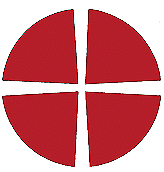 Derby
Methodist
History
Derby
Methodist
History

 Derby
Methodist
History
Derby
Methodist
History

A Chinese Fellowship started at Queen's Hall. Later Kok Kong Yap, Chinese minister, came to Derby and was stationed full time in the Derby Circuit in 2009. The history of the Chinese church in Derby can be found on the Derby Methodist Circuit web site.
300th anniversary of John Wesley's birth celebrated with an exhibition at St John's Methodist Church, shown at Borrowash Methodist Church and then in Derby Cathedral.
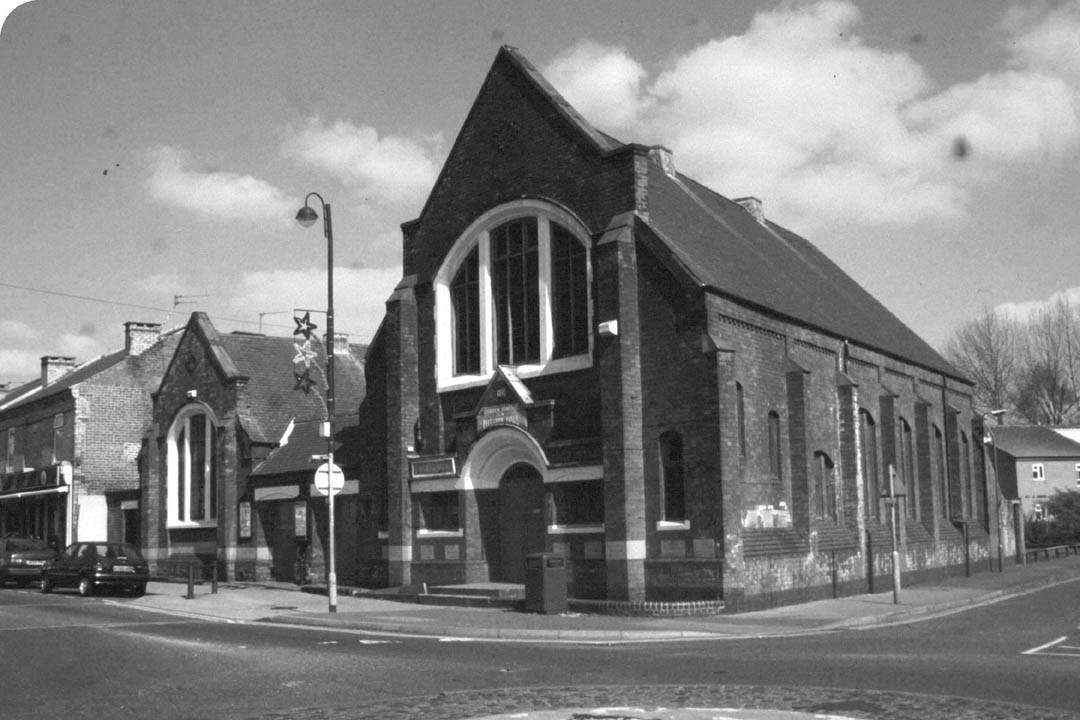
A mission that started in the open air in 1876 moved to Siddals Road, and then Traffic Street. A group from Traffic Street split off and moved to Pear Tree Road Public Hall until Corden Street was opened in 1890.
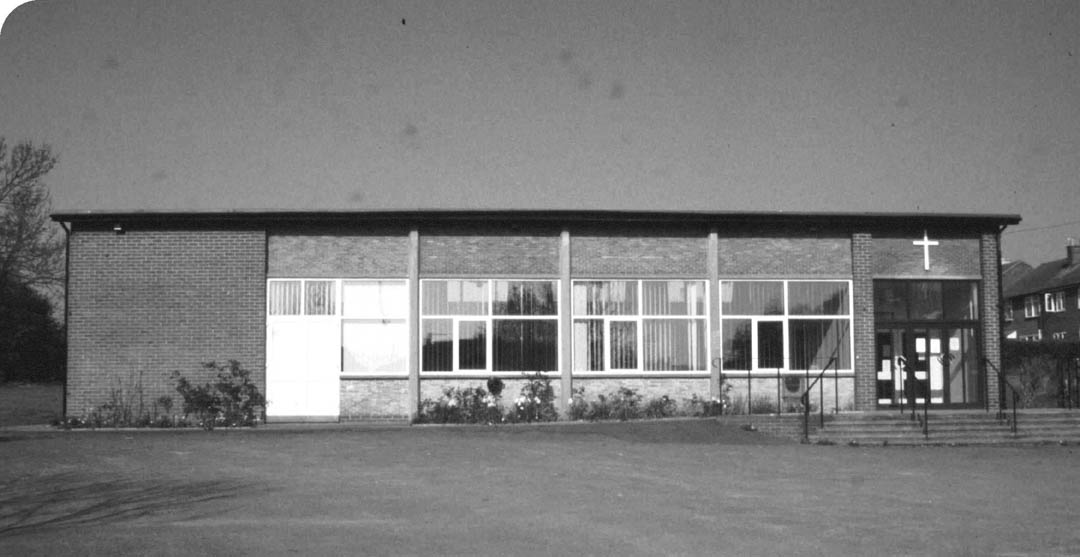
It took more than 100 years after the first Wesleyan School on Radbourne Lane before a Methodist church arrived in Mackworth. The new estate started in 1951 and the Methodist church opened in 1956. It joined the circuit in 1961. Mackworth Methodist Church closed its doors for the last time at Easter 2009.
This was not the first time that the doors had been closed on Mackworth Methodists. The Centenary Memorial book 1905 for King Street Wesleyan Chapel contains the following information about Methodism in Mackworth:
"From 1829 to 1849 there had been a Methodist School for boys run by Thomas Russell MA. The school was a large picturesque house in Radbourne Lane. As a schoolmaster he achieved exceptional success for some of the best known ministers and missionaries were educated in his school. Among these were Gervase Smith (twice President of Conference, secretary of Richmond College and treasurer of the Auxiliary Fund), his brother George Smith (who became canon of Lincoln Cathedral), John Baker MA, Josiah Cox (first Methodist missionary to China) and Edwin Cox, John Parkes, G Wright Russell, John Lamplough (missionary in Africa) and Thomas Selby (missionary in China and author of several good books). Several tutors also entered the Wesleyan ministry, among whom were Steven Harvard, Frederick Greeves (President of Conference) and Joseph Blanche.
"During his residence in Mackworth the village had a place on the Derby Circuit plan. His dining room was used for preaching. He ran two classes for the villagers, his own family and some of the senior scholars from the school. This activity came to an abrupt end when the village squire intimated that the preaching and class meetings must cease. The doors were closed and years later Mr Russell moved to Derby and became intimately connected with King Street Chapel until his death in 1886."
It was well into the twentieth century before Methodism had a physical presence again in Mackworth. In the spring of 1950 builders started to dig out the footings for houses near Kingsway, the start of a large housing estate. Six years later Mackworth Methodist Church opened on Princes Charles Avenue. It is said that the weather in 1956 was the worst in living memory and it delayed building work and consequently the opening in November. Initially under the guidance of Queen's Hall, Mackworth eventually joined the circuit in 1961.
It was not long after the church celebrated a 50th anniversary that the decision to close was made. The final services were held on April 19th 2009. Kim Nally preached in the morning at 10:30am and there was a united service 'Songs of Praise' at 6pm.
There were three Derby Circuits with a total of twenty-four active churches, twelve churches in Derby South, seven in Derby Derwent and five in Derby East. Derby Methodist Circuit was formed as an amalgamation of the three previous circuits.
The Chinese Church also became part of the new circuit and now meet at Ashbourne Road Methodist Church.
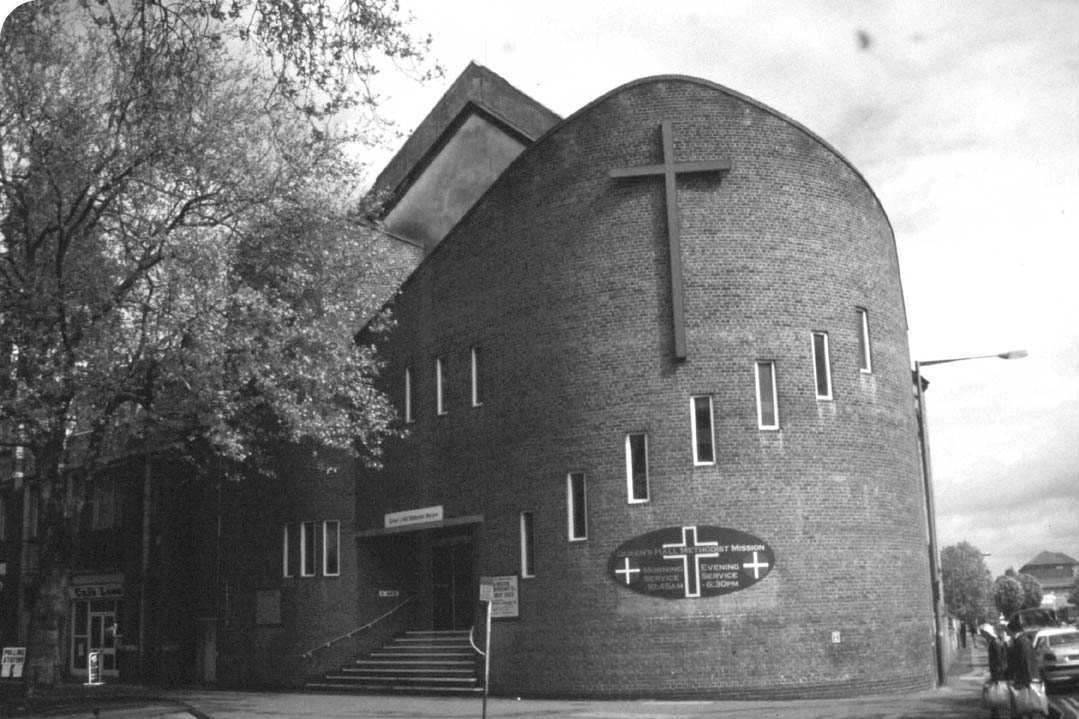
Originally London Road, opened in 1861. After extensive alterations the church was renamed Queen's Hall Methodist Mission in 1927. The modern façade that we see now was added in 1965. A fire in Holy Week 1991 destroyed the inside. The church was repaired and rededicated at Pentecost 1992. As less people lived locally and the DRI main hospital moved to the Royal Derby, Mickleover, Queen's Hall Methodist Mission finally closed in 2012.
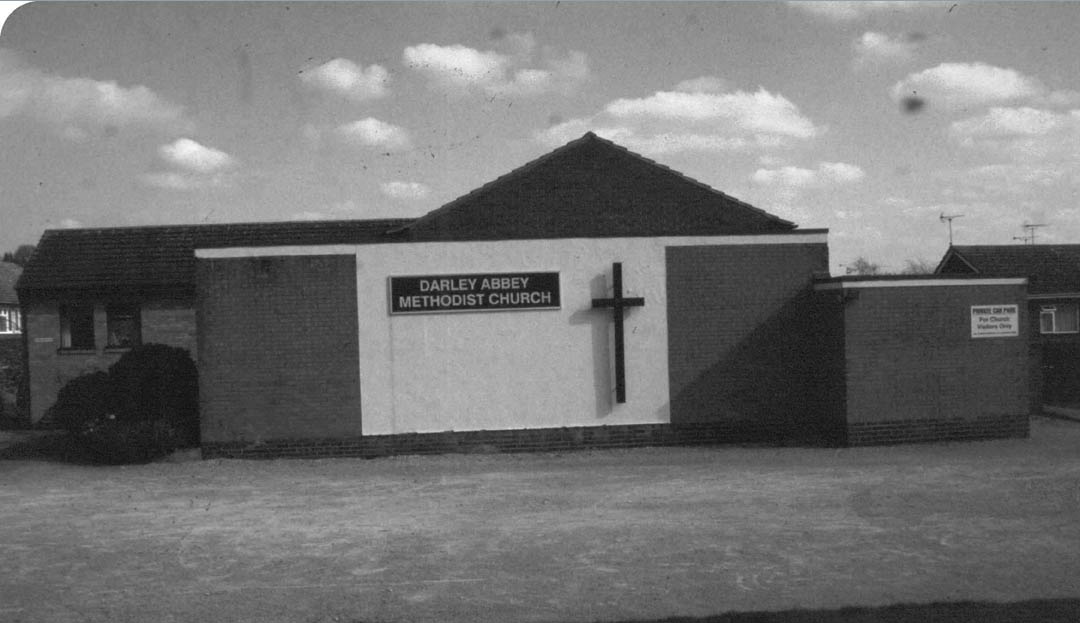
The Darley Abbey Wesleyan society met in the schoolrooms and had to wait more than 100 years before they could have a place of their own. The house called "Westleigh" proved a vital meeting place until this Methodist church opened in 1959.
Darley Abbey enjoyed the benefit of the Methodist Church for more than 50 years but the congregation continued to dwindle until they sadly agreed that they could not justify continuing to meet as a church in Darley Abbey.
More than 100 people took part in a walk through the city centre to visit points of Methodist interest culminating in a rousing hymn in Derby Cathedral. See Part 5 that describes the occasion.
Since the closure of Queen's Hall there has been the need for a Methodist presence in the city centre. Two houses in Liversage Square purchased by the Derby Methodist Circuit are now occupied. One called Susanna Wesley House is being developed as a Methodist mission centre.
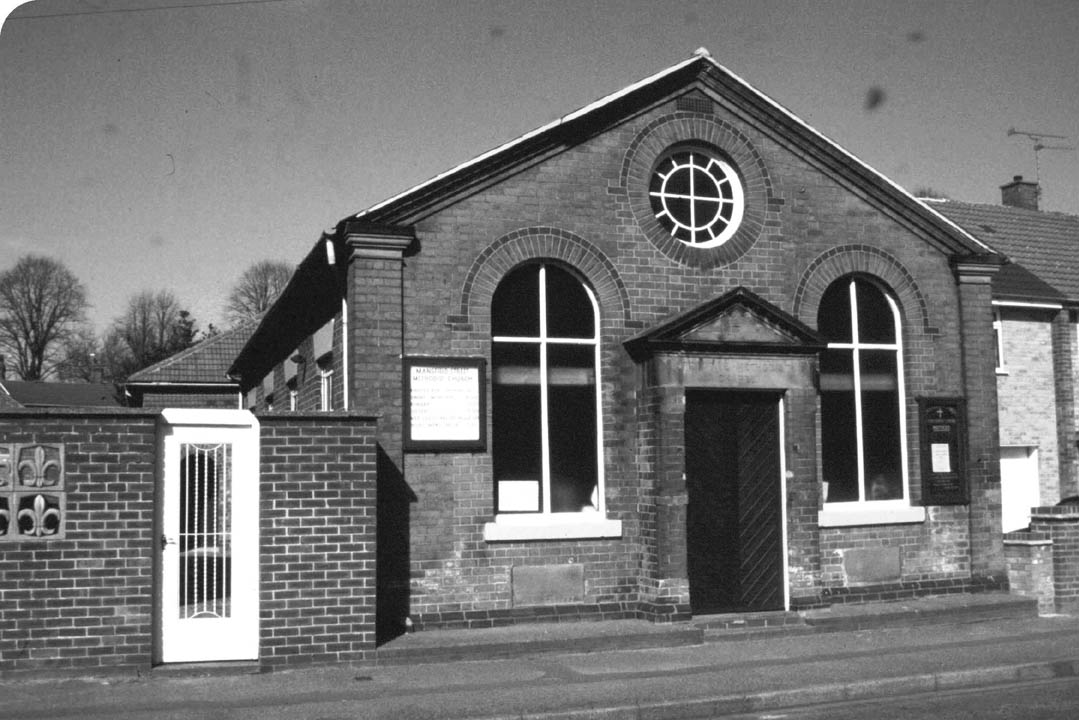
A small Primitive chapel that has changed little since opening in 1890 to serve the Chester Green community. Closed in 2017.
The churches still open in the Derby Methodist Circuit are shown below. Many had humble beginnings and most of them are an offspring from another church. For more details about current activities visit the church or the Derby Methodist Circuit web site.
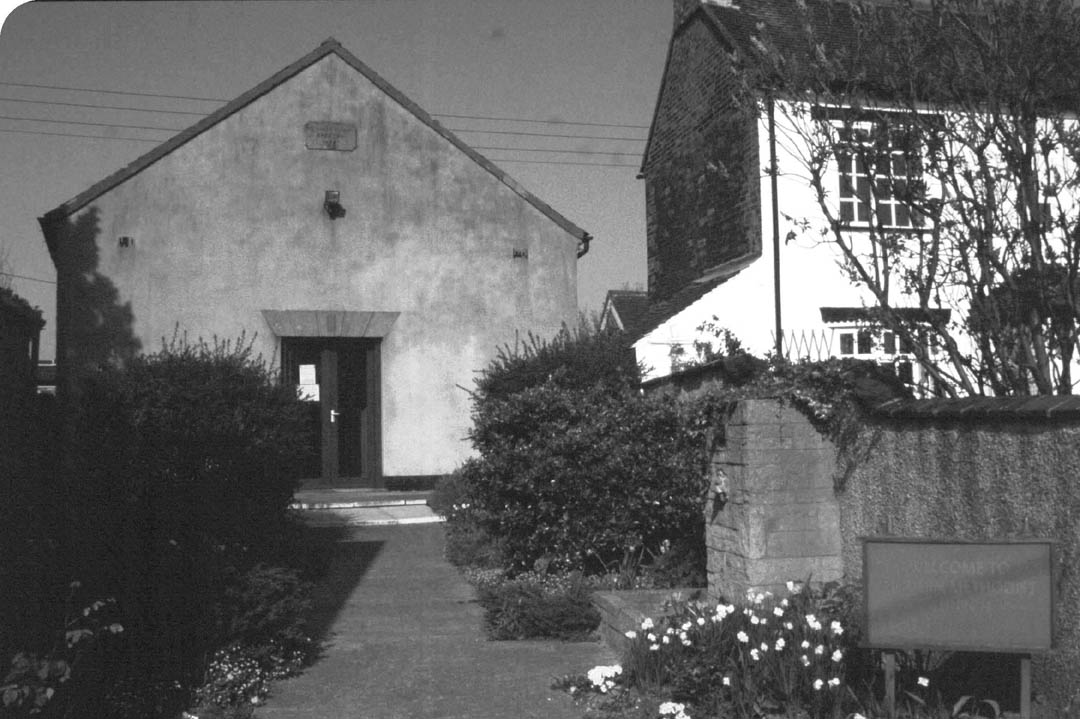
The oldest chapel still in use in the Derby Methodist circuits. The Wesleyan Methodists met in a brick house or hovel, c 1825, that appeared on the Lord's Day Plan of 1826 until the chapel was opened in 1835.
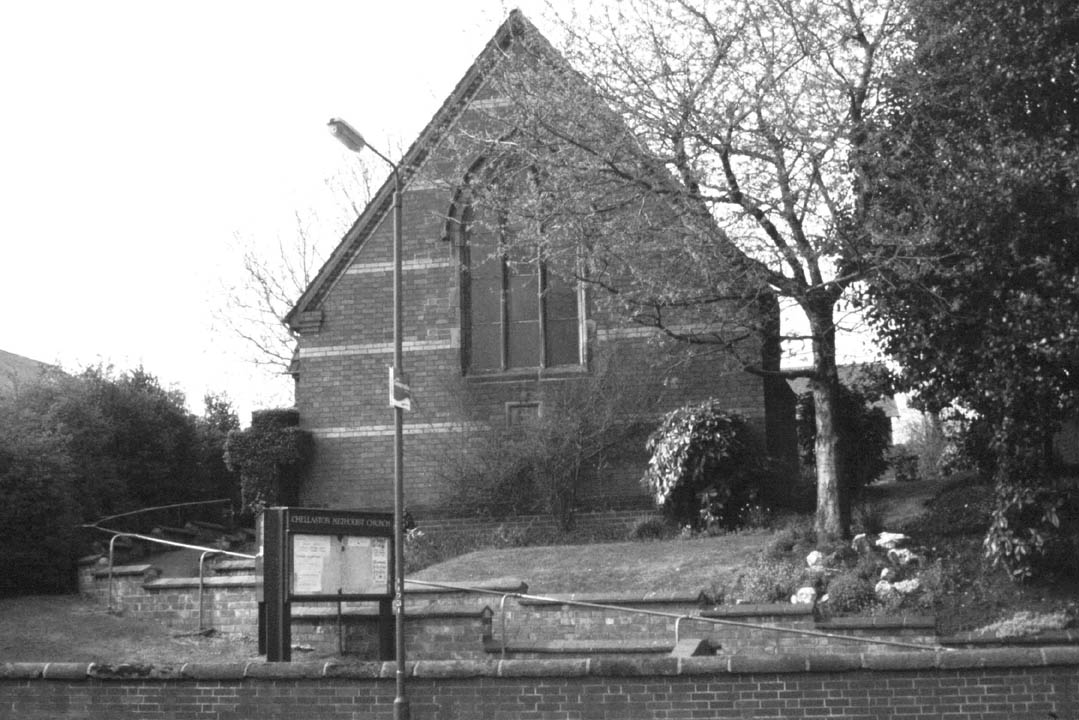
The first Wesleyan chapel in Chapel Lane is dated 1816. The church shown left, in the High Street, opened in 1873 and is a fine example of an unaltered Victorian church.
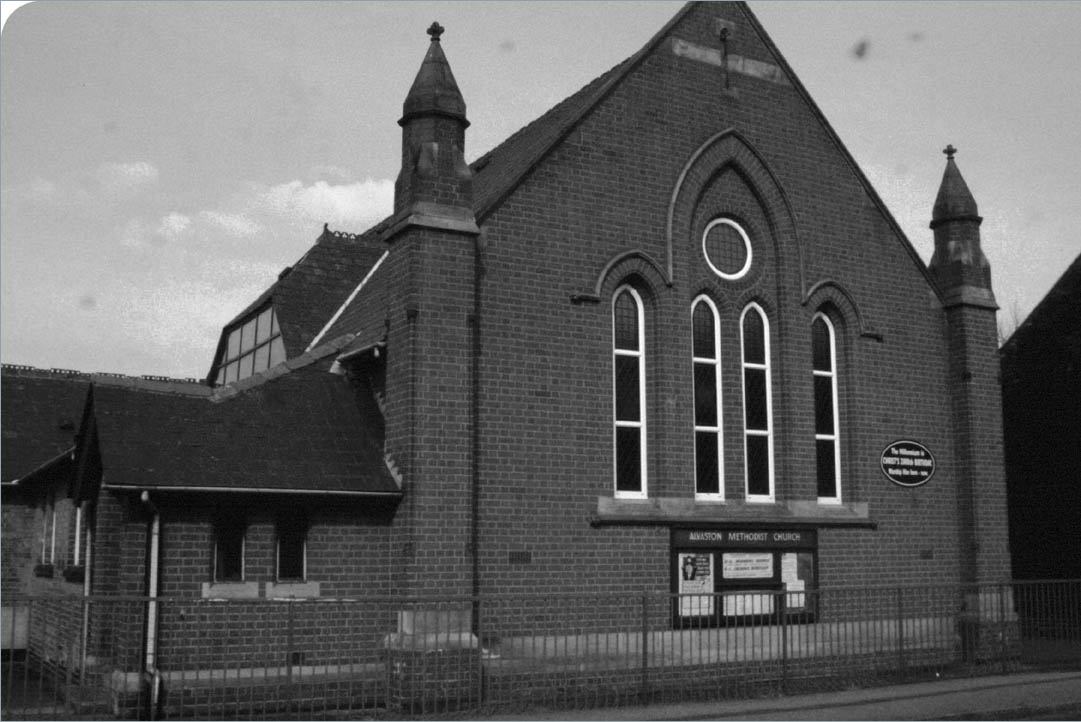
A Wesleyan Methodist group in Alvaston appeared on the Lord's Day Plan of 1826 and the Methodist New Connexion had a chapel at the other end of Brighton Road.
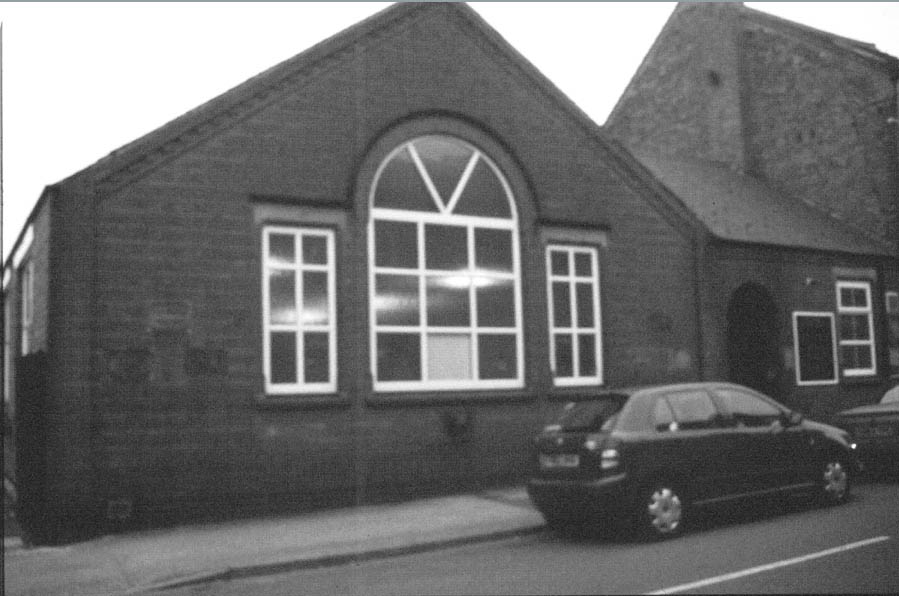
Started as a mission room 1884-1885 then a house 1885-1888 in Harrison Street. The schools (used during the erection of Firs Estate Board School) were then acquired until 1905.
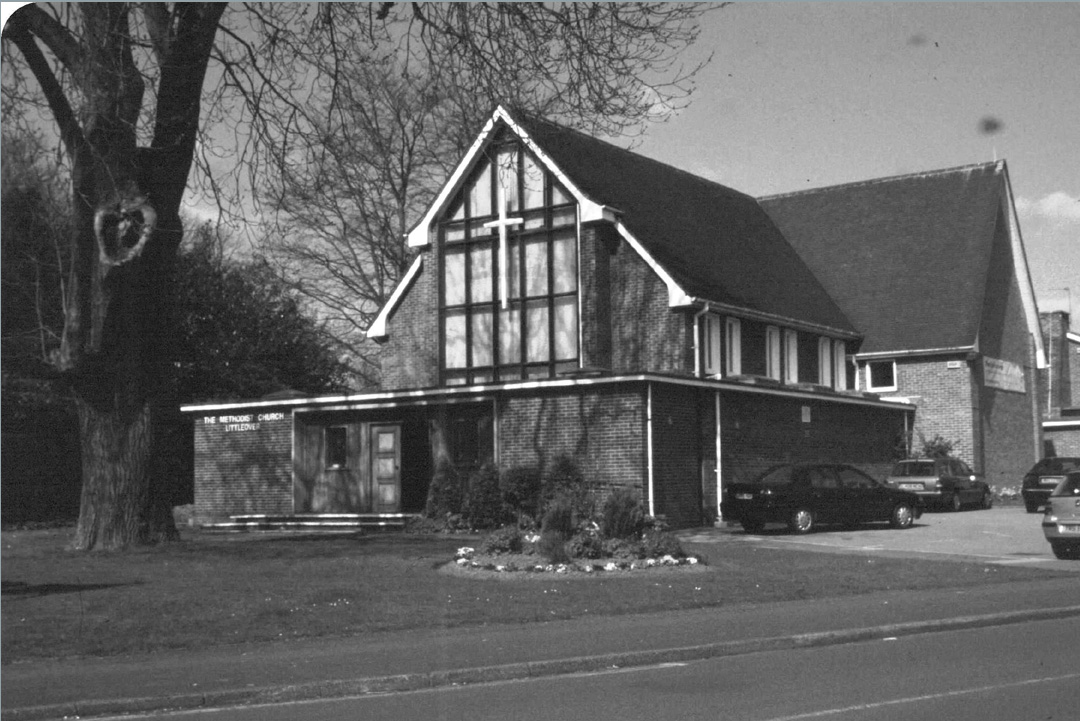
There was a Wesleyan chapel in 1825 and a Primitive church in 1880. Littleover Methodist opened in 1958 with members from the Primitive Methodist church on Burton Road and from the United Methodist church in Becket Street.
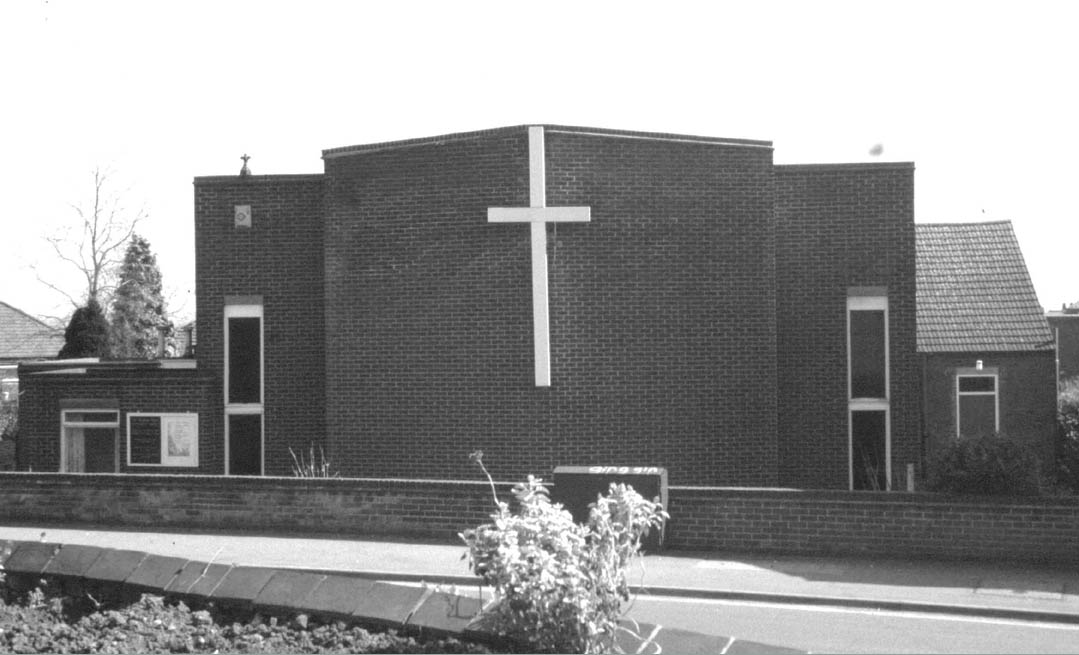
The original chapel was built in 1907. When Dale Road closed in 1963, members and money came to St Thomas' Road. Soon after a new church was built which opened in 1968.
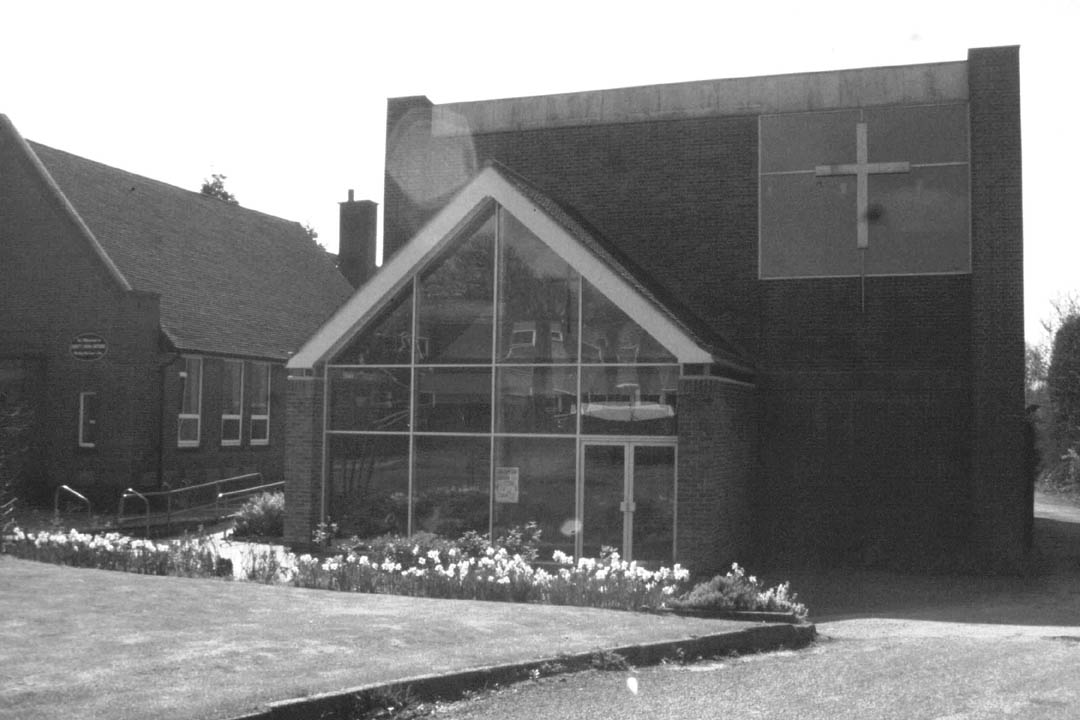
A primitive chapel in Mount Street 1874-1939 was the cause of Newmount Methodist Church opened in 1939 and still in use next door to the new church built in 1965.
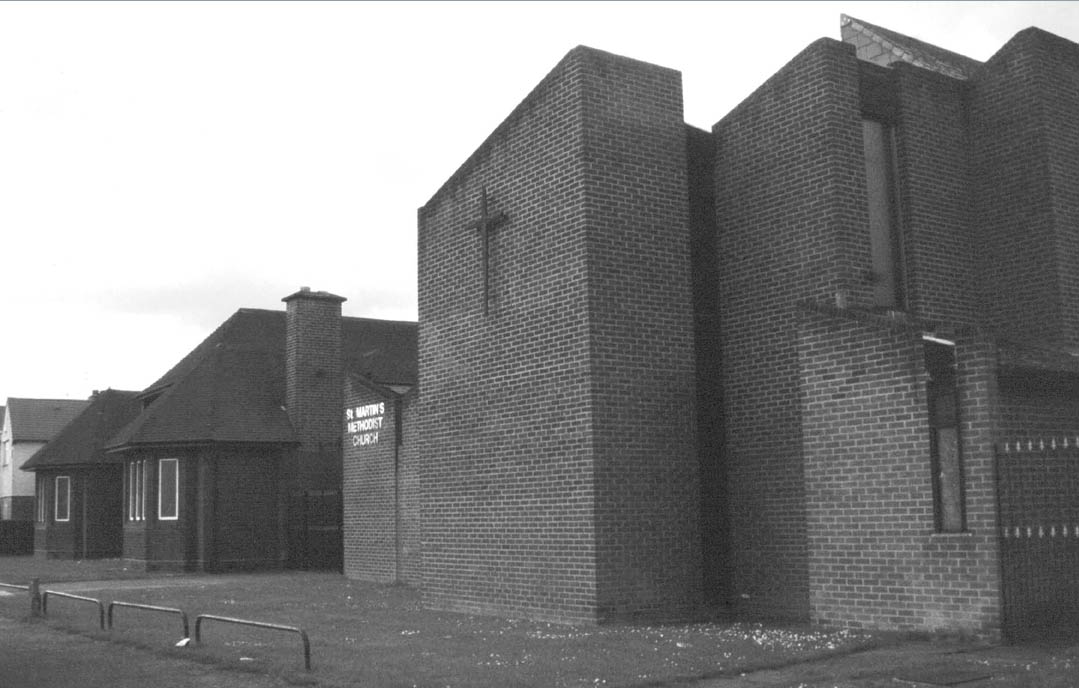
The first Methodist meetings were in Upper Moor Road by the Crown. Then Flint Street opened in 1930 and is now the church hall for St Martin's. When the Osmaston Methodists closed about 1967, members and assets moved to Flint Street. Shortly after, Davenport Road Methodists also moved to Flint Street. The bigger congregation made possible the new church.
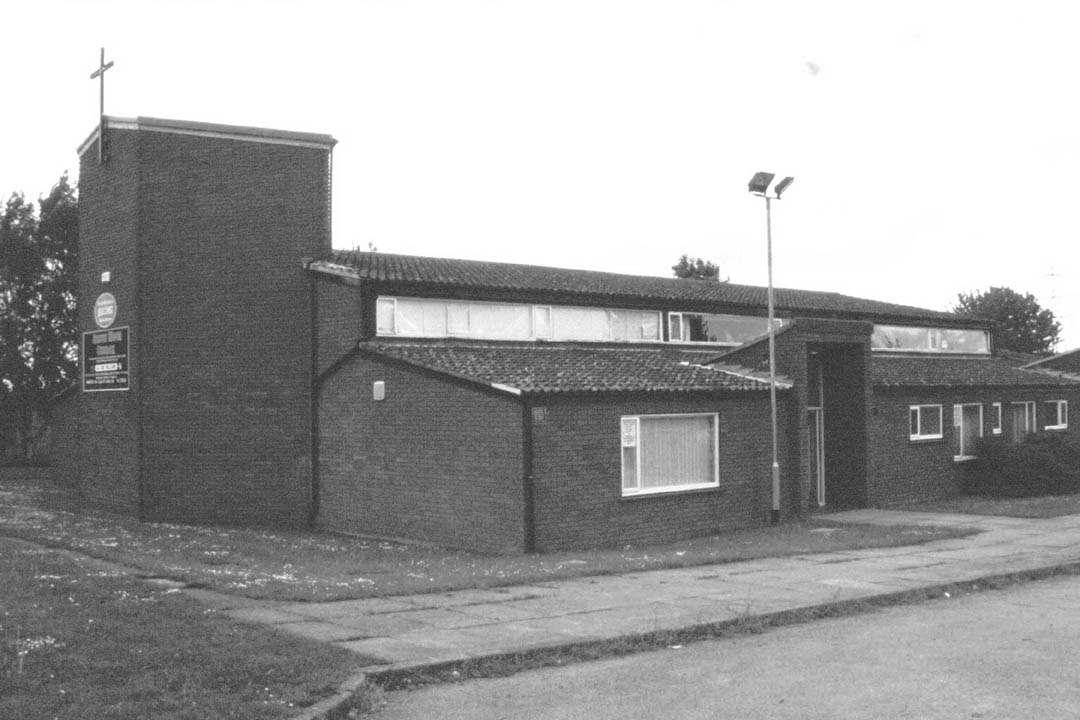
There was a Wesleyan chapel in Sinfin Moor Lane opened 1870. The first ecumenical group to meet in Derby was at Nos 1&3 Ryan Close 1969-1974 until the new church was built.

A congregation formed as Littleover Ecumenical Church started meeting at the Littleover Community School in 1989. There was a need for a church in the new suburb called Heatherton Village and in 1999 the modern ecumenical church, comprised of Anglicans, Methodists and Baptists opened on Holly Brook Way. The United Reformed Church joined later.

Station Road church, 1914-2000, became home for the Wesleyans and the Primitives when they united in 1932 to form the Mickleover Methodist Church. The new Church, opened in 2001 on the same site, is the newest Methodist Church in Derby.
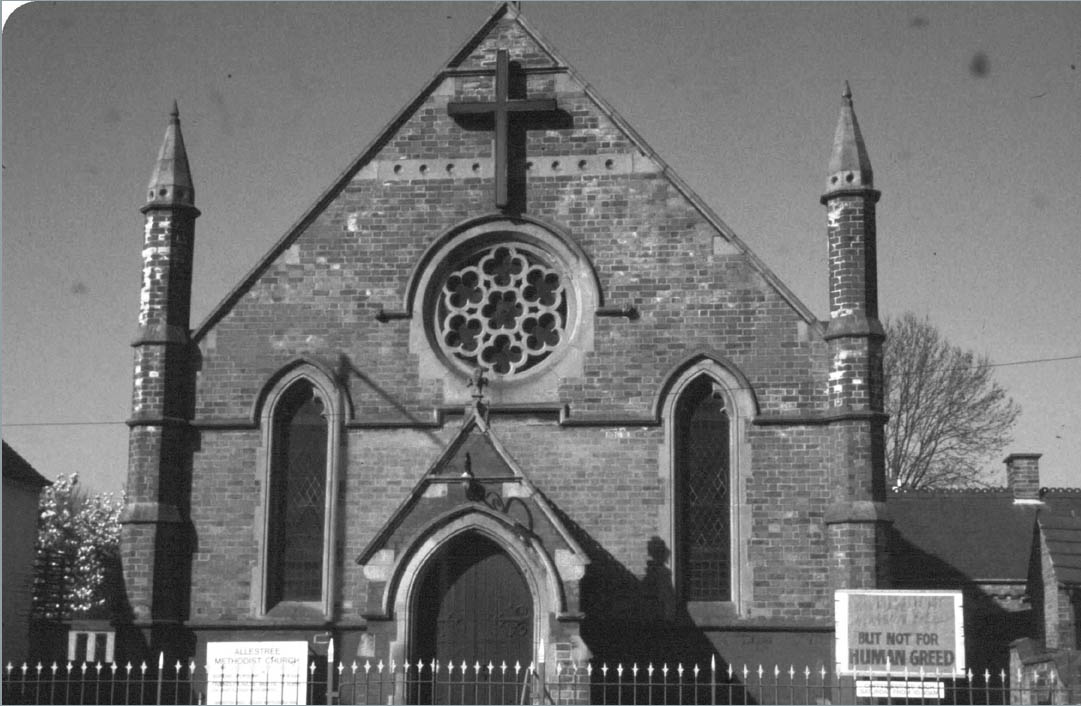
The original Wesleyan chapel or 'meeting house' opened in Lover's Lane (now known as Church Walk) in 1821. This chapel opened in 1895 when Allestree was still a small village.
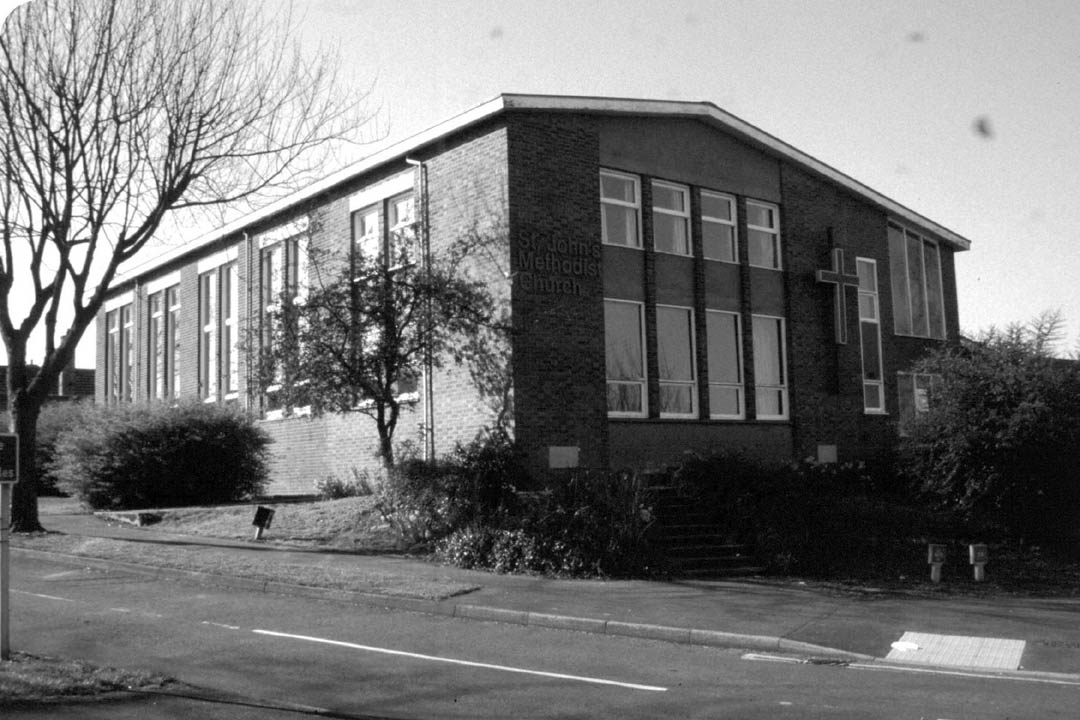
In March 1960 the old King Street Society had finally closed, only for plans to be made for a new church, in the Park Farm area of Allestree, to be built with its assets. So a church with a direct link with the visits of John Wesley to Derby was reborn and named St John's in 1964.
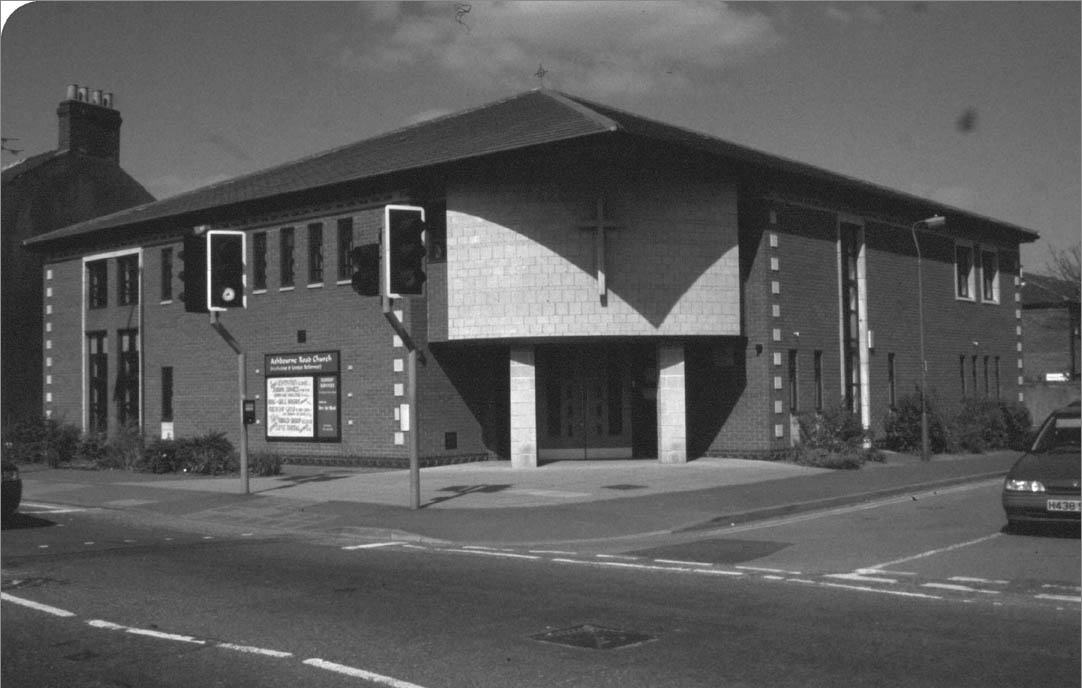
First started as a mission outreach from King Street in 1871. Rapid growth led to a fine church opened in 1885. After shrinking to the old Sunday school rooms, an amalgamation with the United Reformed church produced another new Ecumenical church opened in 1998.
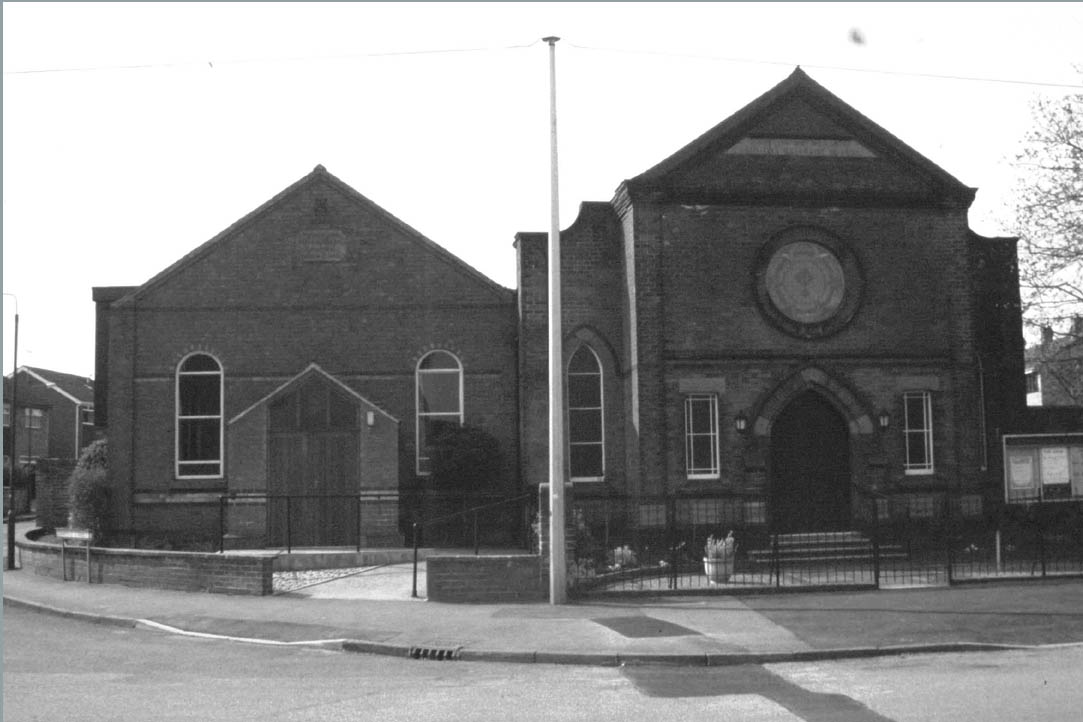
Draycott has a long history of Wesleyan activity with the first chapel possibly visited by John Wesley in 1780. The second Wesleyan chapel (1830), on Victoria Road, joined with the Primitive church in 1966 to form the Draycott Methodist Church.
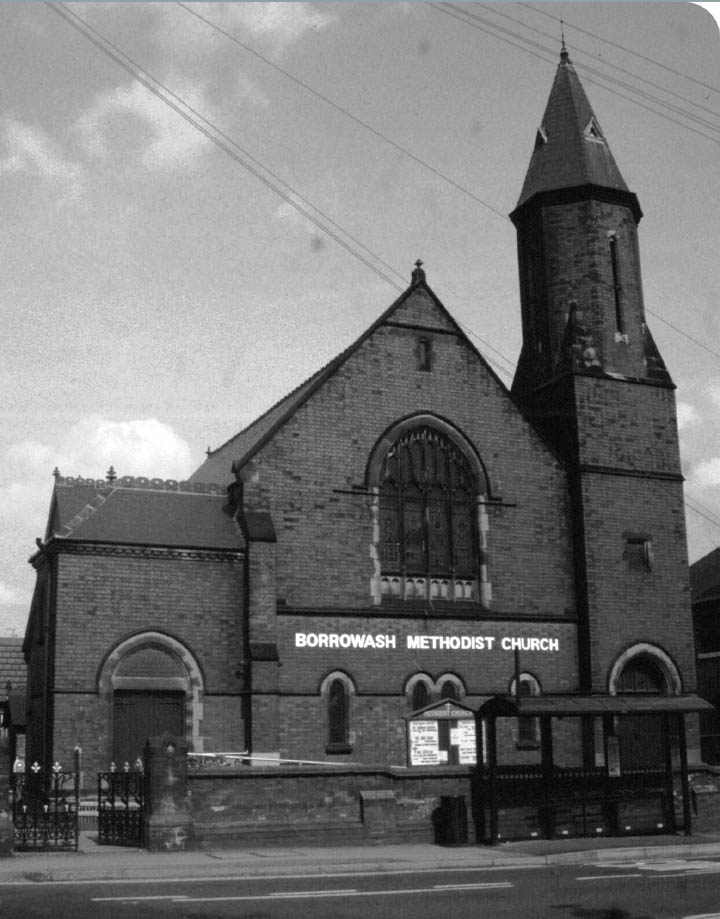
Borrowash had a Wesleyan Meeting House in 1806, a Wesleyan chapel in 1826, a Wesleyan church in 1900, a Primitive chapel in 1851 and another in 1903. In 1949 there was a coming together to form Borrowash Methodist Church.
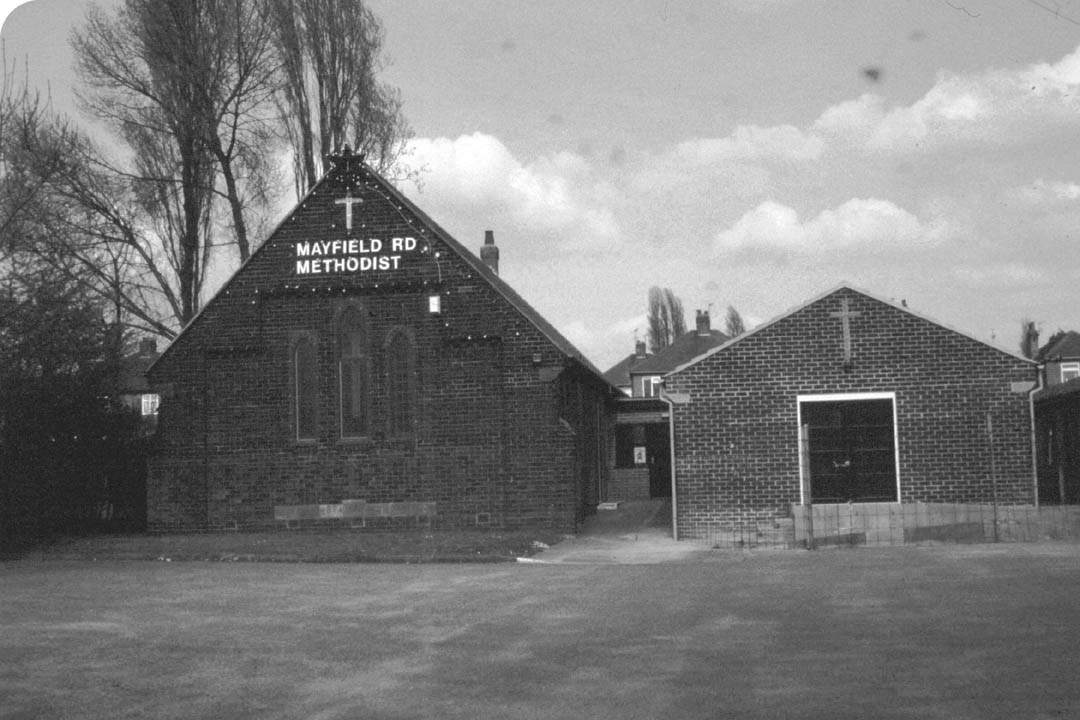
Since the demise of Chesapeake Road, this is the only Methodist Church in the very large suburb of Chaddesden. A new church hall was added to replace the wooden hut in the 75th anniversary year.
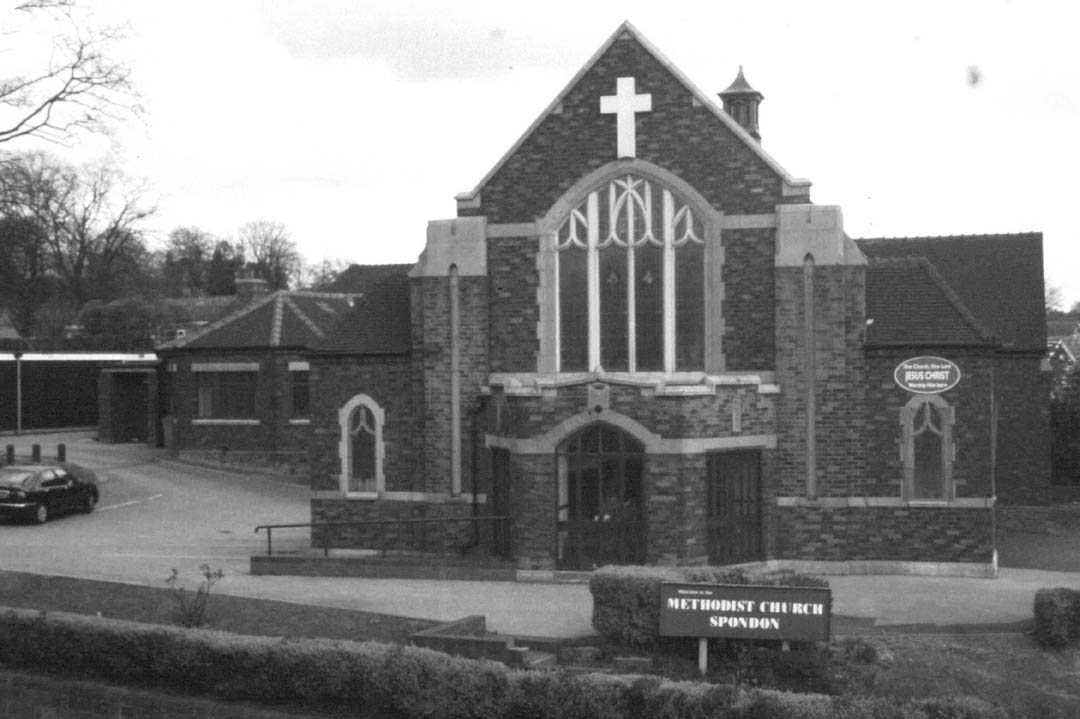
Wesleyans (1797) and Primitive Methodists (1860) were active in Spondon long before this church was built. It opened as a Primitive Methodist church. The first in the area to be built after the reunion of Methodists in 1932. Spondon Methodist was head of Derby East.
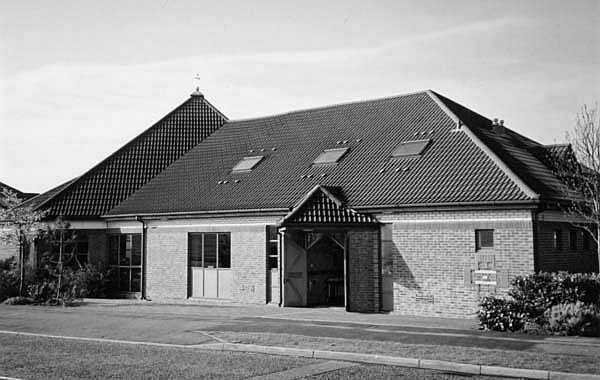
A new Ecumenical church for a large growing suburb. The building is shared by two congregations: the Roman Catholics and the combined force of Anglican, Methodist and United Reformed churches.
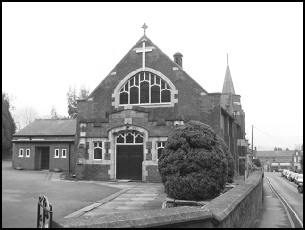
Duffield Methodist Church, now in the Derby Circuit. See their web site for the history of Duffield Trinity Methodist church.
A charge to keep I have,
A God to glorify,
A never-dying soul to save,
And fit it for the sky:
To serve the present age,
My calling to fulfil:
O may it all my powers engage
To do my Master's will!
Charles Wesley
AMEN